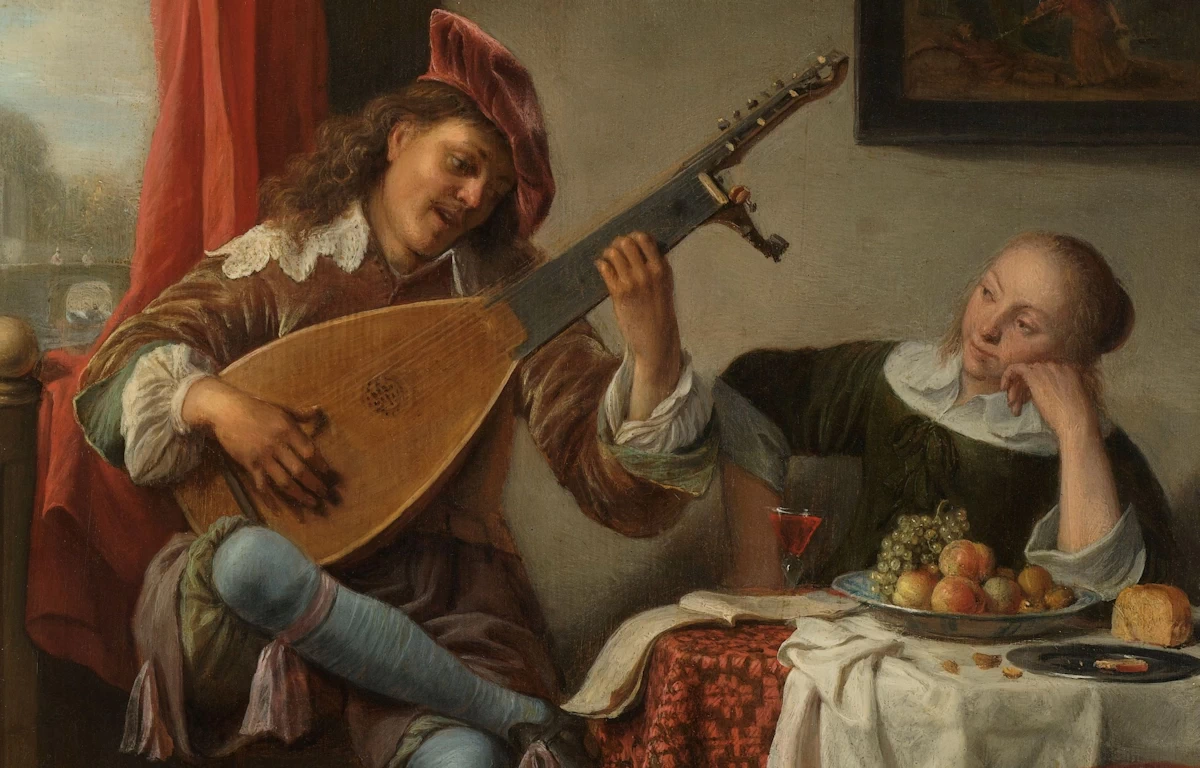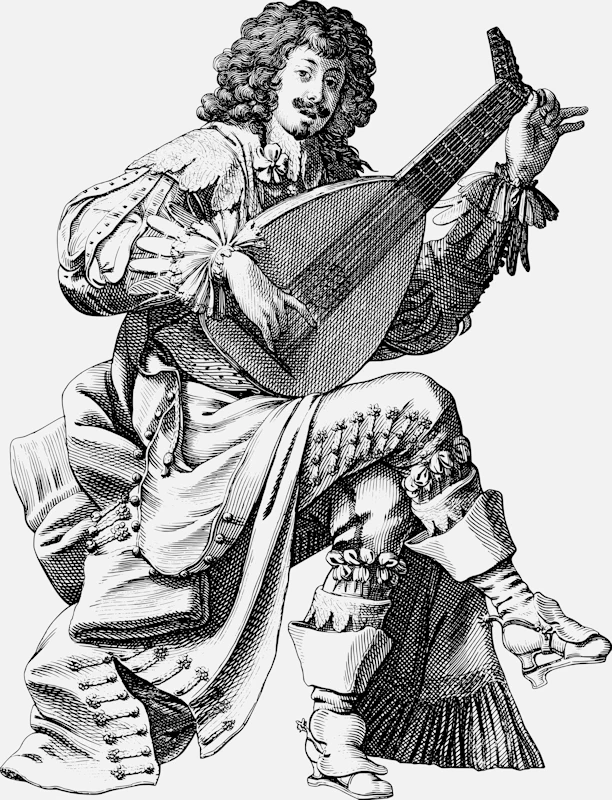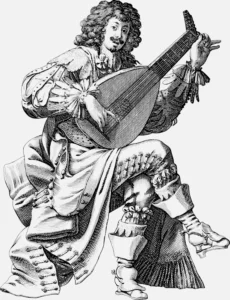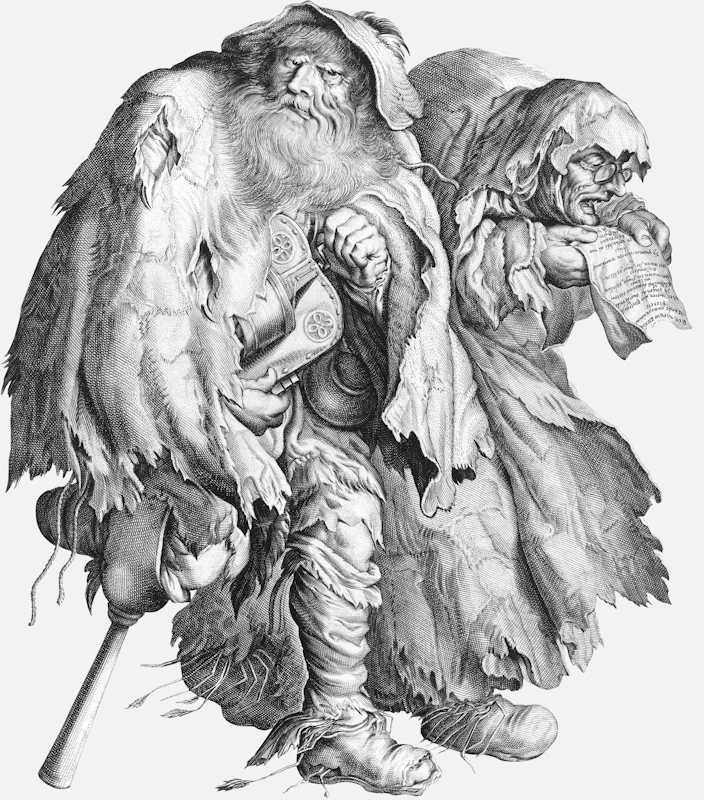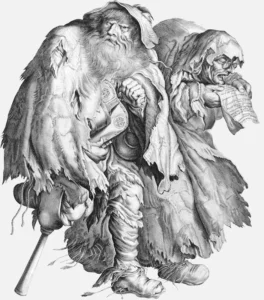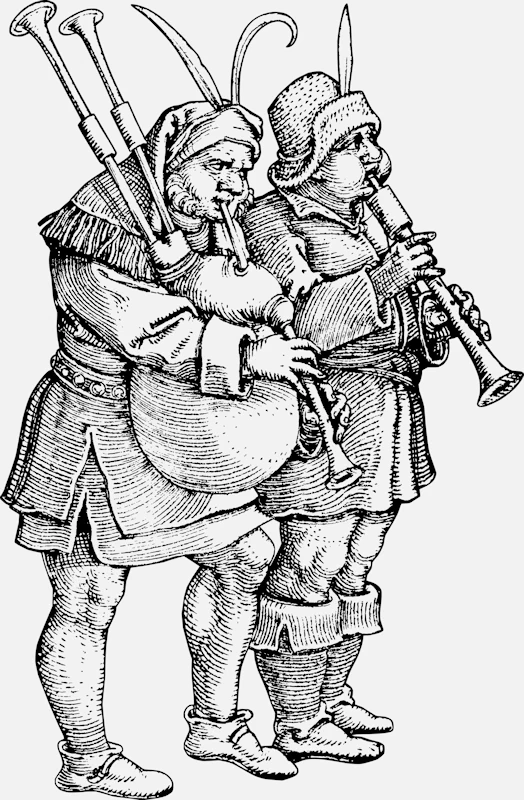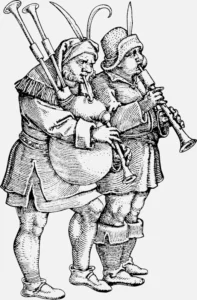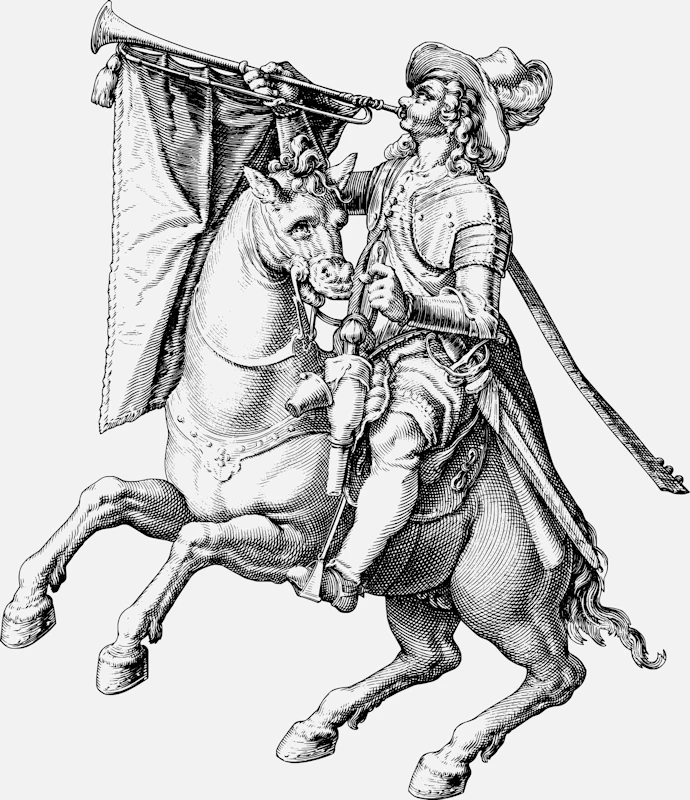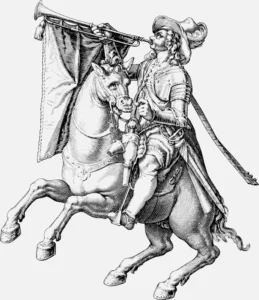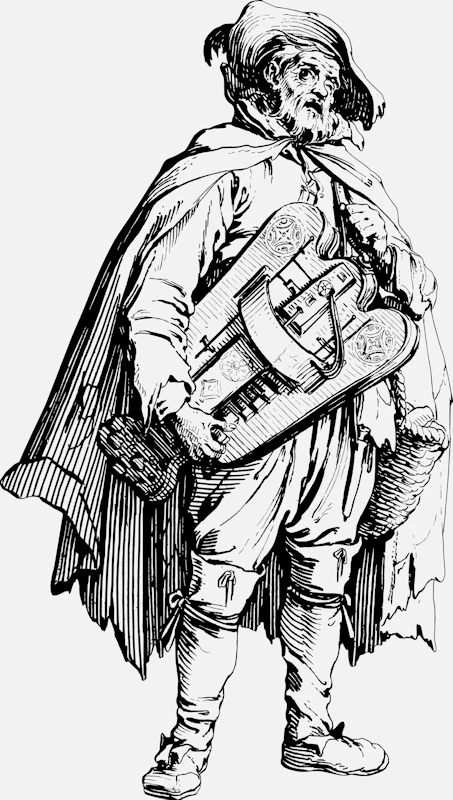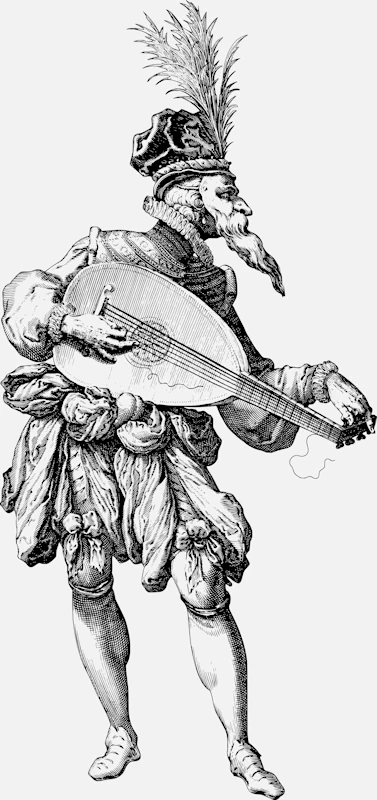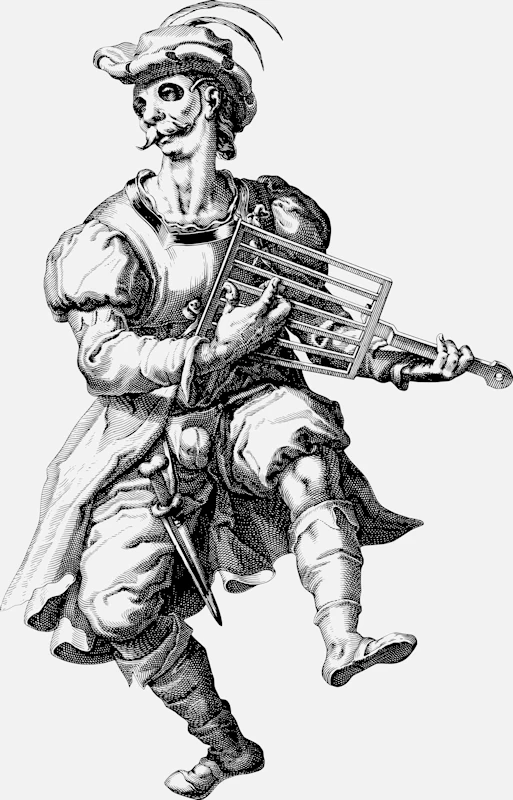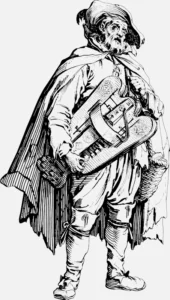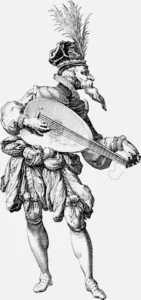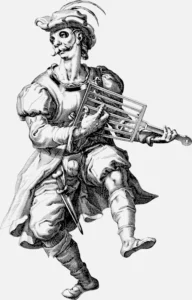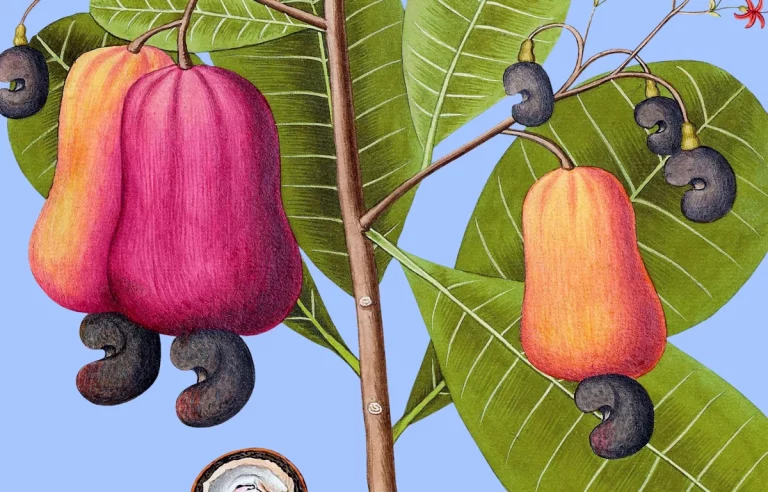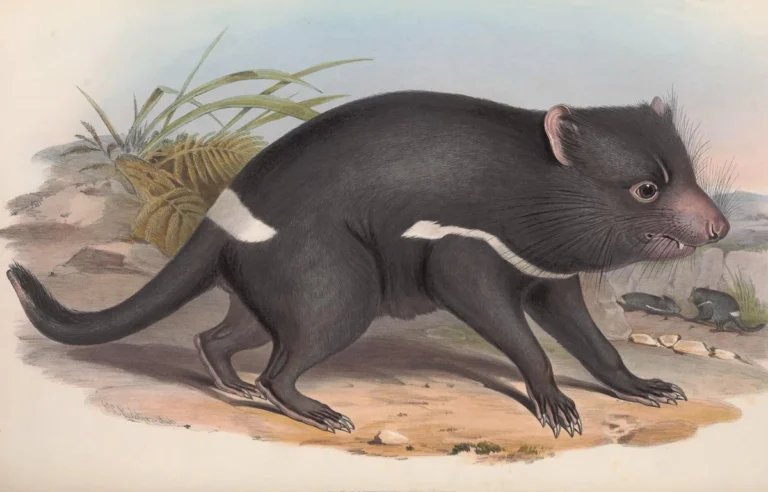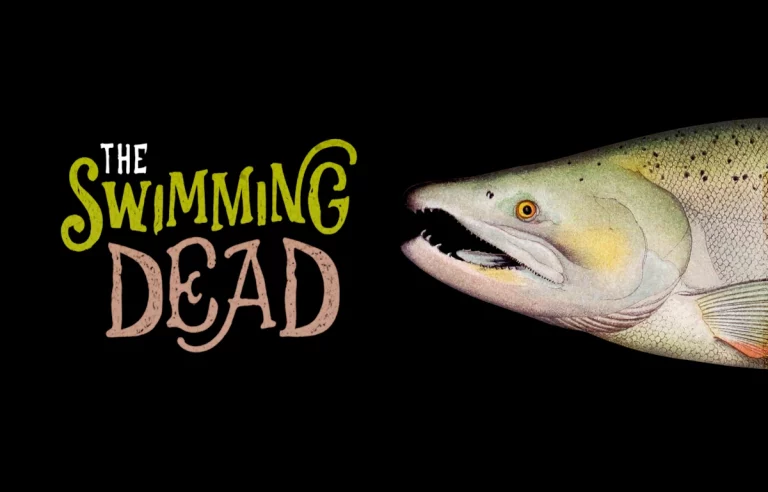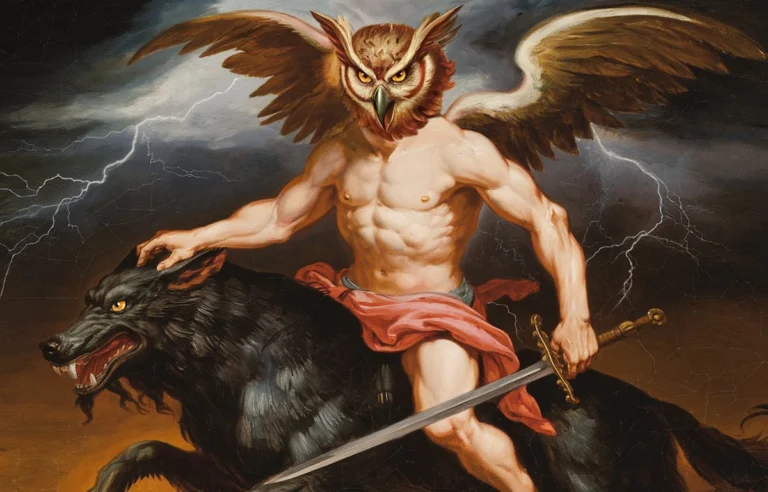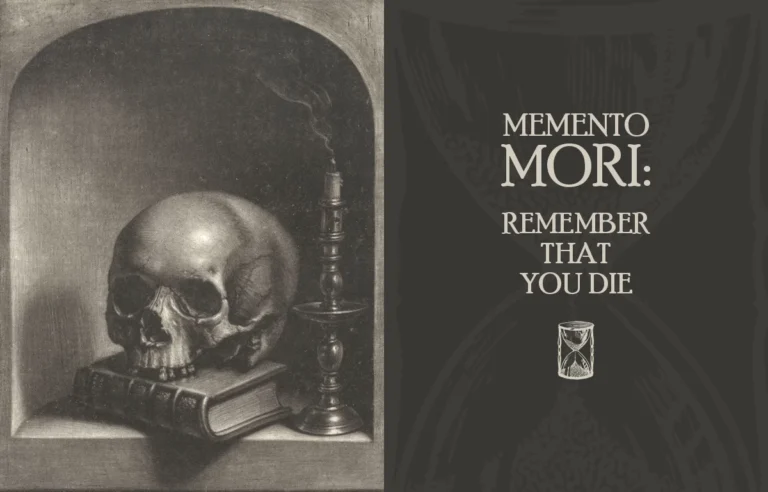The Bard's Instruments
You’re deep in the world of a medieval fantasy, maybe fighting off a fire-breathing dragon or charming a prince (or princess, or both… or neither?). The tension is thick, your sword is drawn, but wait—what’s that sound? Is it a battle cry? A spell incantation? Nope, it’s a bard, casually strumming away on a lute, spinning tales as magical as the spells in their repertoire.
From “The Witcher” to “Dungeons & Dragons,” bards are basically the rockstars of the medieval fantasy world. They’re the ones captivating everyone at the local tavern with their music, all the while inspiring courage and weaving spells with their tunes. But here’s the thing—bards aren’t just imaginative creations for your favorite fantasy game. They’re actually rooted in real history.
You see, back in the Middle Ages, bards were a big deal, especially in Celtic cultures. These guys weren’t just strumming for fun at a medieval block party; they were the official keepers of history, the chroniclers of heroic deeds, and the voice of their patrons. They kept track of events, victories, and sometimes even the occasional royal gossip. Meanwhile, in the broader corners of Europe, their cousins—the minstrels—were doing their own thing, wandering from town to town with their tunes, often singing songs that intertwined their own tales with those of their listeners. So, not only were they musicians, but also storytellers with a dash of “news reporter” thrown in for good measure.
In some parts of medieval society, bards had legal protections. In Ireland, for instance, if a bard visited your village, you were required by law to treat them with respect. Insult a bard, and you could be fined! Yep, the original “Don’t shoot the messenger.”
The Lute: The Bard's Best Friend
If someone mentions a bard, you probably picture them with a lute in hand, right? There’s a reason for that. The lute was the instrument for bards and minstrels alike. This plucked string instrument was all the rage in medieval Europe. Imagine a smaller, rounder guitar, typically with four or five strings—that’s your basic lute. Over time, the lute got more complicated, and by the Renaissance, some lutes had up to ten strings! That’s a lot of tuning. Also, in a musical plot twist, players ditched the quill (which they originally used to pluck the strings) and started using their fingers, producing a richer, more nuanced sound capable of sending chills down your spine—or at least impressing the local nobility.
The lute wasn’t just beloved for its sound; it was also portable, making it perfect for the wandering lifestyle of a bard. With its warm, resonant tones, the lute was versatile—ideal for solo performances and harmonizing with other instruments. It was an essential tool for a bard who wanted to spread joy, spin a tale, or get a crowd swaying.
The lute is the great-great-grandparent of the modern guitar. You can thank the lute for being the ancestor of the instrument that gave us rock ’n’ roll, flamenco, and your uncle’s “Wonderwall” performance at every family BBQ.
The Hurdy-Gurdy: The Medieval DJ's Dream
Ah, the hurdy-gurdy. If the lute is the bard’s best friend, then the hurdy-gurdy is their quirky sidekick. Think of it as a cross between a violin and a medieval music box. It has strings like a violin, but instead of a bow, there’s a hand-cranked wheel that rubs against the strings to make sound. Add a keyboard mechanism to change the pitch, and voilà—you have the hurdy-gurdy. Its sound is a mix of droning and melody, kind of like bagpipes but with a medieval twist, making it perfect for upbeat dance tunes or mysterious, moody melodies.
The hurdy-gurdy actually started out in religious music, believe it or not, but soon found its way into taverns and town squares, where bards and minstrels used it to get the party going. Its unique sound made it perfect for creating lively, danceable tunes. Sadly, as tastes shifted toward more refined instruments, the hurdy-gurdy fell out of favor, and by the 17th century, it was often associated with street performers and beggars. But don’t let that fool you—back in the day, the hurdy-gurdy could turn any gathering into a medieval rave.
Some modern musicians are bringing the hurdy-gurdy back! It’s not just a relic of the past; this quirky instrument has found its way into modern folk, metal, and experimental music scenes.
The Shawm: The Outdoor Entertainer
The medieval version of “go big or go home” was the shawm—a wind instrument that could practically pierce the heavens with its sound. Think of it as the loud, medieval cousin of the oboe, but with even more oomph. The shawm had a conical shape and a flared bell at the end, which gave it a sharp, trumpet-like tone. If you needed an instrument that could be heard over a crowd, across a battlefield, or during a procession, the shawm was your go-to.
Since the 12th century, this bad boy was a favorite for outdoor performances, military parades, and public ceremonies. Bards loved it because its bold sound could captivate a crowd, ensuring that no matter how far back people were standing, they could still hear every note. Whether it was rallying troops or leading a festive dance, the shawm was the instrument that could do it all.
Some say the shawm was so loud that players were often hired specifically for outdoor events because it could cause quite a racket indoors. You probably didn’t want to be sitting in the front row of a shawm concert!
Bagpipes: The Heartbeat of Tradition
Bagpipes: the instrument that practically screams “tradition!” With their distinctive drones and melodic chanter, bagpipes were a symbol of cultural pride, especially in Celtic regions. Made from animal skins and wood, bagpipes were not only used for dances and ceremonies but also in battle. Their robust sound was like a medieval hype track, stirring emotions and rallying troops for war.
Bards would often use bagpipes to evoke a deep sense of heritage, playing tunes that resonated with the history and identity of the regions they visited. They weren’t just musicians; they were cultural ambassadors, keeping the history alive through music. And, thanks to their unique sound, no one was sleeping through a bagpipe performance—ever.
Bagpipes weren’t just for Scotland! Variations of bagpipes have been found all over Europe, from the Iberian Peninsula to the Balkans, proving that everyone loves a good drone.
The Gemshorn: The Haunting Melody Maker
Now, let’s get into something a little more… eerie. Enter the gemshorn—a wind instrument made from the hollow horn of an animal, usually a cow or goat. It might look simple, but the sound it produced was soft and haunting, perfect for more intimate settings. Bards would often whip out the gemshorn when they wanted to create a reflective, almost otherworldly atmosphere. Think of it as the medieval version of a moody acoustic guitar solo.
While the gemshorn eventually fell out of favor, its legacy lives on in the form of other wind instruments used in European folk music. Its soft, ghostly tones could draw listeners in, making it ideal for storytelling moments that required a little extra emotional punch.
The gemshorn was such a unique instrument that, despite its decline in popularity, some modern musicians have revived it, crafting new versions and integrating it into contemporary folk music.
The Trumpet and Buisine: The Royal Heralds
Trumpets have always been about making an entrance, and in medieval times, they were the ultimate attention-grabbers. Picture a long, straight-bodied instrument, often measuring up to two meters (yes, two meters!). These medieval trumpets, known as the buisine or herald’s trumpet, didn’t have the valves that modern trumpets do, so they could only play a single note. But that one note? It was loud, clear, and impossible to ignore.
Bards and heralds used the buisine to announce the arrival of nobility or signal the start of important events. Over time, the trumpet evolved into the more versatile instrument we know today, but in the Middle Ages, it was less about melodies and more about making sure everyone was paying attention.
Medieval trumpeters had serious job security. Their role was so essential in ceremonial events that they were often among the most well-paid musicians at royal courts!
Percussion: The Beat of the Bard
While string and wind instruments often steal the spotlight, we can’t forget about the unsung heroes of medieval music: percussion. Drums, tambourines, cymbals—they were the rhythm section, providing the beat that kept the whole performance moving. Whether marking time in a sacred ceremony or keeping a lively dance on tempo, percussion instruments were essential for any bard worth their salt.
Drums were especially important in creating excitement, urgency, or celebration. A skilled bard could use percussion to pump up the crowd, get them clapping along, and even encourage them to join in a good ol’ medieval dance. In many ways, the drums were the emotional heartbeat of the music.
In medieval Europe, different types of drums were used for various purposes, from simple hand drums to larger instruments used in military contexts. The rhythm of a drum could signify anything from a royal announcement to a battle march.
The Legacy of Medieval Music
The instruments of the medieval bard were more than just tools—they were extensions of the bard’s voice, each with its own unique timbre and character. From the warm strumming of a lute to the eerie tones of a gemshorn, bards brought stories to life through their music, creating vivid experiences for their audiences. Their tunes reflected the world around them, capturing the joys, sorrows, and triumphs of their time.
Today, the legacy of these instruments—and the bards who played them—lives on in the world of fantasy. Whether it’s a spell-slinging musician in a tabletop game or a wandering minstrel in a video game, these characters draw on the rich history of their medieval predecessors. They remind us that music is more than just entertainment—it’s a powerful form of storytelling, capable of enchanting hearts, rallying warriors, and inspiring minds.
Medieval music isn’t just confined to history books or fantasy novels. Modern musicians, from folk bands to experimental artists, are rediscovering these ancient instruments and giving them new life. So next time you’re at a music festival, keep an ear out—you might just hear the distant echoes of a lute or hurdy-gurdy!
So, the next time you find yourself tapping your foot to a bard’s tune, remember: you’re not just listening to music. You’re hearing the echoes of a thousand years of history, carried forward by the strings, winds, and beats of the instruments that shaped the world. Pretty magical, huh?


